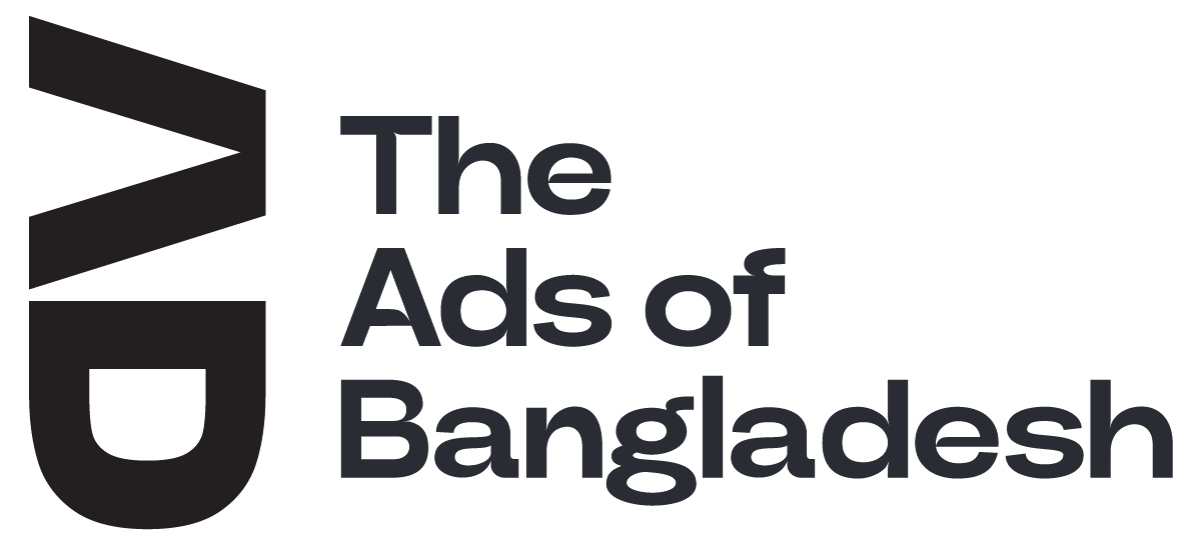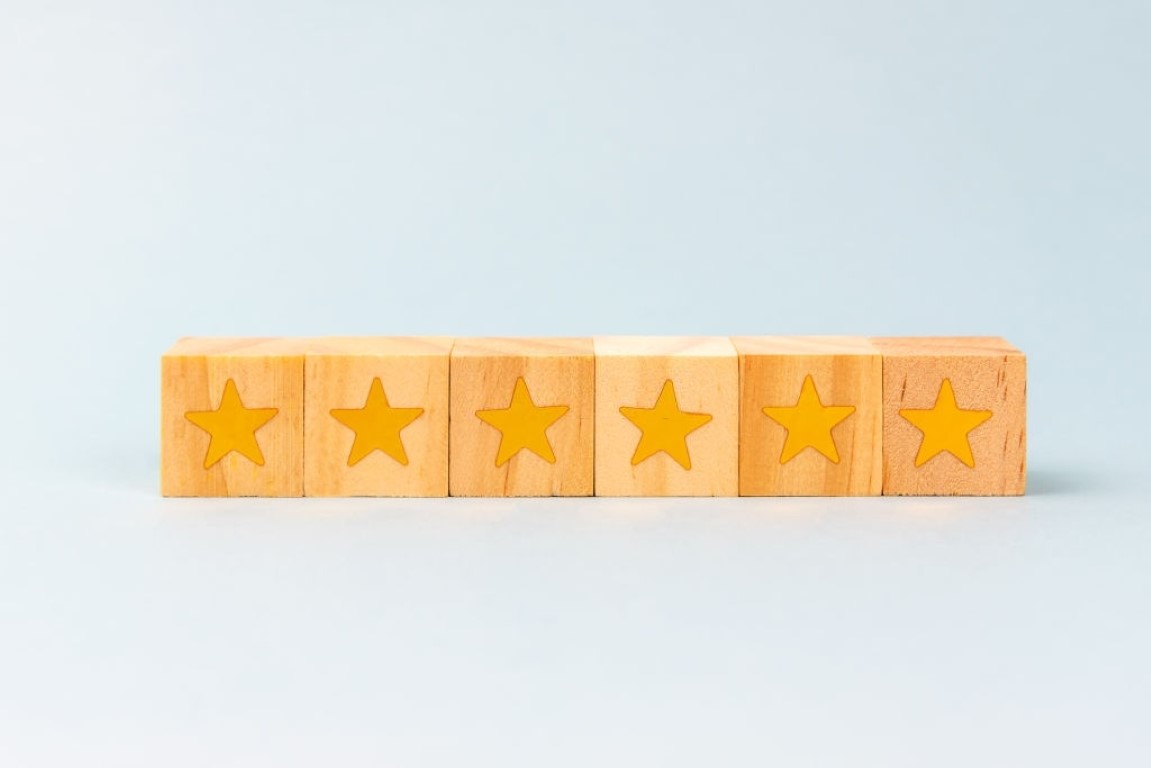Sabbir Mahmud Sajib is a 3rd Year student of BSC at Gazipur, He is a TikTok user, instead of making more fun and dance content he has started to promote the products of different food companies. In the last week of June 2021, he made a video on a soft drink where he had been asked to review the product with Kacchi Biriyani.
Another scenario is Ms. Kanon who is a female entrepreneur. Besides her different types of social activities, she has started to sell cakes for birthdays and other occasions. She also wants to promote her product via a common figure in social media for her local area as her budget is low, and she believes a well-known person’s reference is more powerful in breaking through the clutter. That will make more word of mouth (WOM) for her cake business with a low budget.
Effect of WOM is significantly large, but at the same time, it is hard to measure. Most companies check the value of a customer’s WOM that is referral power to the customer’s intention to recommend the company or brand.
These two stories show us desire of one’s to be social media influencer or content maker and the demand of social media personality to promote products and positive word of mouth on that platform. Let’s see what the research says; In 2017, Néomie Raassens, Hans Haans published a research report in Netherland that indicates that customers’ promoter scores are significantly related to internet based word of mouth behaviour (eWOM). In particular, if a customer gives a high promoter score and engages in eWOM behavior, this customer is more likely to spread positive word of mouth in online. The research was based on Net promoting score (NPS) vs eWOM. They suggested individual customers’ promoter scores are related to eWOM behaviour, there is a positive and effective relationship.
The impact of your social media activities may have its positive impact on digital media or eWOM. Research said a positive relationship with NPS and eWOM.
We can measure cost per reach or cost per view or other metrics, but does it reveal the real picture of customer loyalty? Does more view is an indicator of more word of mouth in online?
To measure customer loyalty and online word of mouth, A metric is used by different marketing expert that is Net Promoting Score (NPS). Let’s see details on NPS.
Frederick F. Reichheld is probably best known for his work regarding loyalty marketing and the loyalty business model and as the developer for Net Promoter Score (NPS), a customer loyalty metric.
NPS is used to gauge customer loyalty, satisfaction, and enthusiasm with a company that’s calculated by asking customers one question (“On a scale from 0 to 10) that is how likely are you to recommend this. For Example: I made a question on Google form to ask “Do you refer Mahanagar (Web based series) to a friend or colleague?”
In NPS, there are three groups—promoters, detractors, passives—depending on how they answer “how likely are you to recommend us or this brand” question:
Respondents give a rating between 0 (not at all likely) and 10 (extremely likely) and, depending on their response, customers fall into categories:

Promoters respond with a score of 9 or 10 and are typically loyal, I found 52% audience who fall on 9 & 10.
Passives was 29% those responded with a score of 7 or 8. They are satisfied but not happy enough to extreme level of reference.
Detractors score varies from 0 to 6. Which I found more than 17%. These are unlikely to refer Mohanagar web series to his friends.
Final NPS score means just subtract the percentage of Detractors from the percentage of Promoters. Which was (52 – 17) = 35.
Brands such as Apple, Intuit, G.E., and American Express began using NPS (the score) to measure customer loyalty and engagement. Now let see which are the topmost NPS score brand in 2021 (according to customer.guru)
| S/L | Brands | NPS Score |
| 1 | Apples | 47 |
| 2 | 11 | |
| 3 | Netflix | 13 |
| 4 | -21 | |
| 5 | Toyota | 33 |
| 6 | Samsung | 67 |
| 7 | UPS | 39 |
| 8 | Nestle | 14 |
| 9 | Pepsi | 20 |
Table: Some Top NPS brands in the world based on customer guru.com (serials numbers are not indicating the position)
NPS can be -100 to 100, more the bigger the score is better for the company. Very good NPS score is 50+. If NPS score is 70+, it is exceptional. A decent score is in the 0–40 range, but there is room to improve. Zero indicates that a business has more detractors than promoters. Industry NPS benchmarks are useful because an NPS score of -3, it is hard to interpret it without comparable scores from key industry players. So a minus level result is not indicating that it is not good, because there is industry-wise standard of NPS.
Some benchmarks I found from questionpro.com are:
| S/L | Industry | Standard Score |
| 1 | Ecommerce | 48 |
| 2 | Online shopping | 43 |
| 3 | Supermarkets | 39 |
| 4 | Online entertainment | 39 |
| 5 | Airline companies | 39 |
| 6 | Hotels | 36 |
| 7 | Smartphones | 34 |
| 8 | Financial services | 34 |
Table: Industry standard showed by questionpro.com
There are lots of categories and it is not very difficult to find out the standard or benchmark for your brand over the internet. If I return to my example of Mahanagar then I find that online entertainment category has benchmark of 39, and my result was 35, that means it is near about standard. On the contrary its NPS is more than Netflix (Though it was not actual picture as number of respondents in my simple survey was small), Net Promoter Score (NPS) is the key metric that shows you how well your business is able to keep your customers happy. A high score indicates that your customers are happy and satisfied with your overall brand.
Now let’s see how to improve net promoter score for the products or services:
- To identify customer needs is one of the major issue. Knowing your customers’ needs and expectations and aligning your solutions. Understand customer journey – When you learn about your customer journey, you can improve consistent service across all the touch points and deliver a consistent experience.
- To help your customers with live engagement is another aspect, if you are able to deliver faster customer support, you are able to meet their expectations and translate into valuable word of mouth advocacy for your brand.
- To conduct more thorough voice of customer surveys is important. Learning why detractors are unwilling to recommend your brand is a key to understanding what you need to do in order to improve and hopefully turn your detractors into promoters. To ask loyal customers what they think you should do to be even better.
- To encourage your loyal customers to promote your product on social media. We need to ensure that you reward them in some way, and you in return will be rewarded with a valuable asset who will continue to praise and promote your brand, thus leading new customers to you.
If a good NPS is expected we need to analyze the F Factor for using social media content creator. F factor is fan friends and follower to select a social media influencer, it is not always mandatory to use a Television celebrity or Cinema superstar.
For Example, we can mention Shams is a Bangladeshi social media content creator having a good fan base, they don’t follow shams only. They also make many jokes from their daily life and make still image like comics, where they use sham’s video shots, screenshots. She has a fan base of Millions audience. For this type of fan follower, many restaurants, mobile operators, Cell Phone Company work with her to promote their brands and products. Shams merge his content based on available promotion of different marketers. Thus, several steps can improve NPS.
Now let’s returned the first two stories, Sajib who wants to be a social media influencer, in future he may be a social media content creator like Shams. And the marketer like cake maker of second story, will easily use this type of content maker to increase her cake demand via eWOM and thus improving net promoting score. But at the same time she has to be careful about quality product and services, customers complaints and to do that customer make feel “Wow”.
This article was also published on the 4th Marketing Day (2021) Publication.





